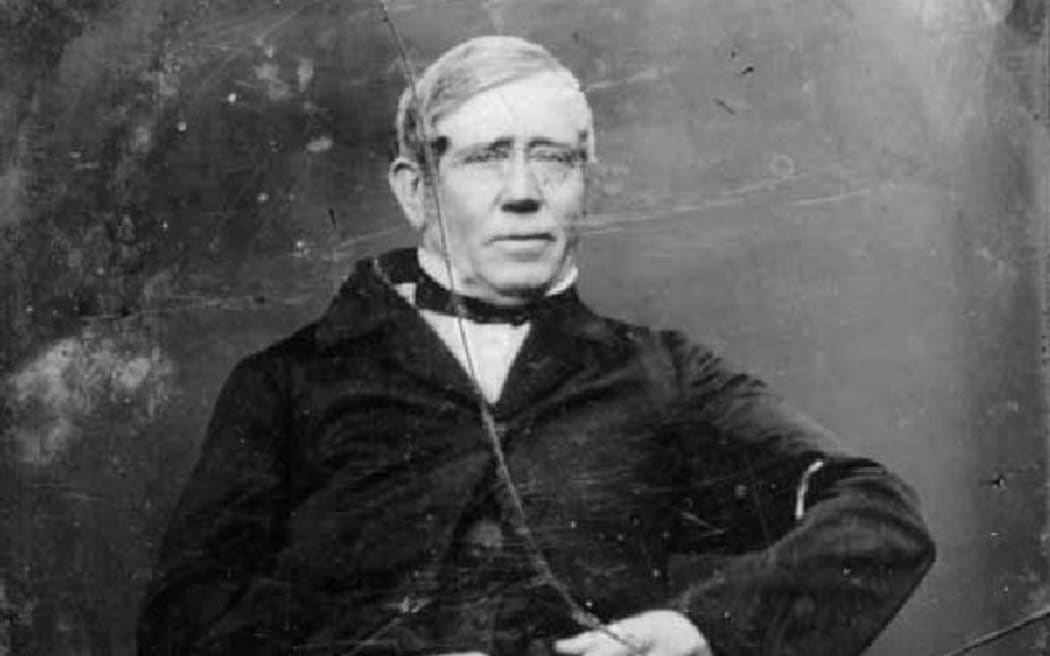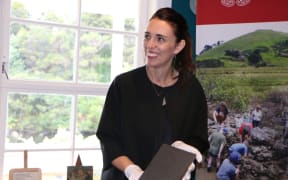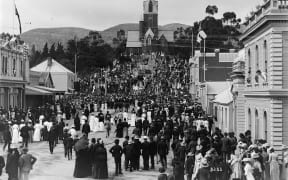
Northland settler James Reddy Clendon was a trader, merchant, farmer and government official. Photo: Clendon Collection photo, jointly held by Heritage NZ and Auckland Libraries
A unique set of documents that covers the lives of early traders and merchants in New Zealand has been recognised as a national heritage collection.
The "Clendon Papers" span 150 years and are associated to early Northland settler James Reddy Clendon.
The documents have been added to the UNESCO Register of the Memory of the World.
Heritage New Zealand chief executive Andrew Coleman said a lot was known about the missionaries in early New Zealand, but less was known
"But James Reddy Clendon wasn't a missionary, he was a trader, a merchant, a farmer, a government official, he was quite an important person through the North, in fact he was the first US consul in New Zealand.
"So he had quite a different early history, of European history in New Zealand, other than the missionary history."
Clendon was a signatory to He Whakaputanga (the Declaration of Independence) in 1835 and Te Tiriti o Waitangi on 6 February 1840 - making history as one of the few Europeans to have his signature on both documents.
"He had a remarkable association with Māori, mostly we think brought about, including sort of references from his family, from his wife at the time, Jane Takotowi Cochrane, who was a prominent whaea in the North."
The documents were in very good state and their condition was remarkable considering some dated from the mid-1870s, Coleman said.
"It's made up of all sorts of documents that you might want to think about - personal documents, business, official correspondence, letters, papers, photographs, memoirs, inscribed books."
Some items are in te reo Māori including land leases of land and a manuscript copy of Te Tiriti o Waitangi which is certified as a true copy by Governor Hobson's private secretary Jas Stuart Freeman.
The bulk of the papers cover from the 1840s to the 1940s, with the collection totalling some 3000 items over two locations, Coleman said.
The collection was remarkable in spanning 150 years marking watershed moments in Aotearoa where as most other New Zealand documents in the UNESCO Memory of the World register only spanned periods of up to a decade, he said.
"You say well how does a family, you know a bi-racial, bicultural family in New Zealand, what's their documented record of forming in New Zealand? And this is why it's so remarkable, the Clendon Collection."
The papers are jointly held at Auckland Libraries Ngā Pātaka Kōrero o Tāmaki Makaurau and Clendon House in Rawene, a historic property and Tohu Whenua cared for by Heritage New Zealand Pouhere Taonga.
In his latter years the house was the home of James Clendon, Jane and their descendants for over a century. Today Clendon House is open to the public.



